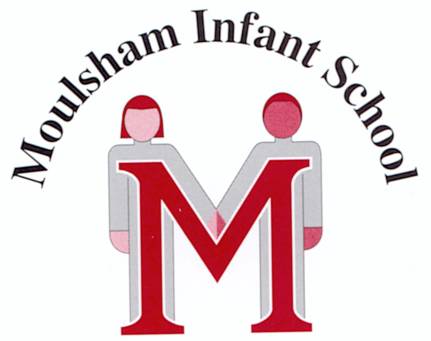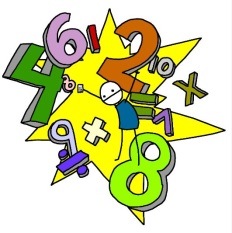|
By the end of Year 1 your child should be able to:
Number and Place Value
- Count, both forwards and backwards, from any number, including past 100
- Read and write numbers up to 100 as digits
- Count in 2s, 5s and 10s
- Find ‘one more’ or ‘one less’ than a number
- Use mathematical language such as ‘more’, ‘less’, ‘most’, ‘least’ and ‘equal’
Calculations
- Use the +, - and = symbols to write and understand simple number calculations
- Add and subtract one and two digit numbers up to 20
- Solve missing number problems, such as 10 – ? = 6
- Begin to use simple multiplication by organising and counting objects
Fractions
- Recognise and name one quarter and one half of an object, shape or quantity
Measurements
- Use practical apparatus to explore different lengths, weights and volumes
- Use language such as ‘heavier’, ‘shorter’ and ‘empty’ to compare things they have measured
- Recognise the different coins and notes of British currency
- Use language of time, such as ‘yesterday’, ‘before’, days of the week and months of the year
- Tell the time to the hour and half hour, including drawing clock faces
Shape
- Recognise and name some common 2D shapes, such as squares, rectangles and triangles
- Recognise and name some common 3D shapes, such as cubes, cuboids and spheres
- Describe movements, including quarter turns
|
By the end of Year 2 your child should be able to:
Number and Place Value
- Recognise place value in two-digit numbers, e.g. knowing that the 1 in 17 represents 10
- Read and write numbers up to 100 as words
- Compare and order numbers up to 100
- Use the < and > symbols to represent the relative size of numbers
Calculations
- Recall number bonds up to 20 fluently
- Add and subtract numbers mentally and using objects, including two-digit numbers
- Show that adding two numbers can be done in any order, but subtracting cannot
- Recognise that addition and subtraction are inverse operations
- Learn the multiplication and division facts for the 2x, 5x and 10x tables
- Show that multiplying two numbers can be done in any order, but dividing cannot
- Solve problems using the x and ÷ symbols
Fractions
- Find one ¼, ½ and ¾ of an object or set of objects
- Find the answer to simple fraction problems, such as finding half of 6
Measurements
- Use standard units to measure length (centimetres and metres), mass (grams and kilograms), temperature (degrees Celsius) and capacity (millilitres and litres)
- Use the £ and p symbols for money amounts
- Combine numbers of coins to make a given value, for example to make 62 pence
- Tell the time to the nearest five minutes on an analogue clock
- Know the number of minutes in an hour and hours in a day
Shape
- Identify the number of sides and a line of symmetry on 2-d shapes
- Identify the number of faces, edges and vertices on 3-d shapes
- Use mathematical language to describe position and direction, including rotations and turns
Graphs and Data
- Construct and understand simple graphs such as bar charts and pictograms
|

 Mathematics
Mathematics